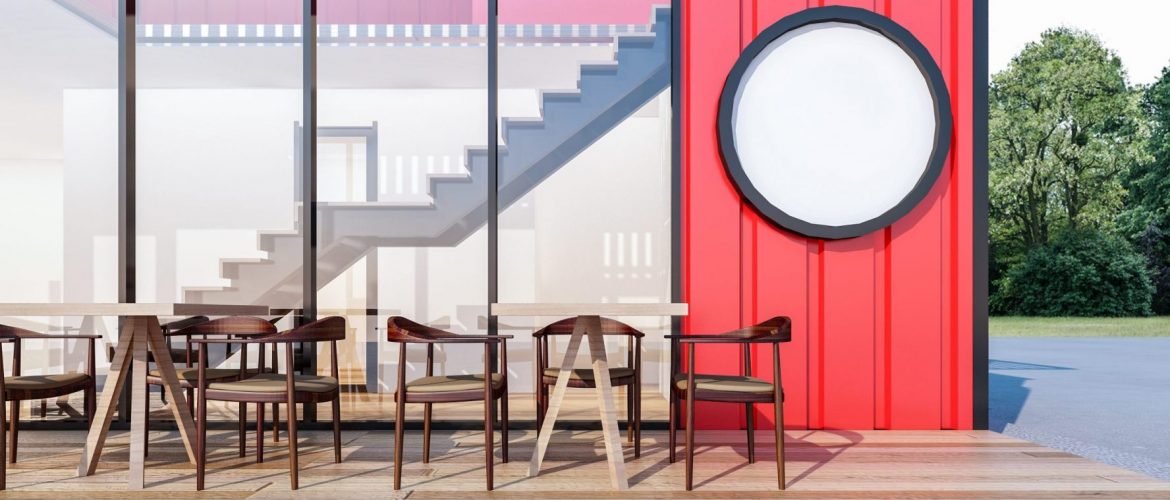While modular construction has been around since the 1600s, it didn’t start gaining popularity until the early 20th century. Now, you can find this type of construction in just about any industry, from homes to hotels, commercial buildings, and apartments. Even the restaurant industry has taken a look at the benefits this type of building brings.
What Is a Modular Building?
Modular construction takes place off-site under controlled conditions. Modules are created using the same materials and building codes required in traditional construction, then delivered to the site and put together.
These modules often look like boxes with floors, walls, and ceilings. In some cases, cabinets and counters, and even appliances, are also installed in the factory. Plumbing and electrical fixtures are usually hooked up after the modules have been stitched together. While the process requires greater design processes and engineering upfront, the benefits of modular construction are many.
What Are the Benefits of Modular Construction?
The benefits of this type of construction for restaurants include the following:
- Fast – Buildings can be completed in half the time. While modules are created in a factory that eliminates weather delays, foundations and other on-site work can be conducted simultaneously.
- Safety and Security – Working in a controlled environment lets contractors work in optimum, controlled, and safe working conditions. Additionally, materials are stored inside, limiting the theft that occurs in urban and rural settings.
- Reduce Costs – Due to the nature of the construction, typical projects can save up to 25% on construction costs.
- Reduce Waste – Modular construction uses fewer materials, and the materials they use are often eco-friendly. In fact, this type of construction leads the market in the use of recycled materials.
While the benefits speak for themselves, there are critics in the field. There are, after all, only so many ways that you can stitch modular boxes together. Thanks to ingenious contractors and architects, however, the final product can truly be a work of art. Take a look at an illustration of the first-ever modular apartment building in Washington D.C., built on the former site of Sweet Mango.
Now, let’s look at restaurants turning to modular construction.
Restaurant Brands Using Modular Construction for Expansion
Golden Chick, a fast-casual chicken brand that opened its doors in 1967 in San Marcos, Texas, now has almost 200 locations with plans for continued expansion. Their first modular unit is expected to open in March 2021 in Saginaw, Texas.
Golden Chick Director of Construction Larry Nelson spoke with QSR Web about their foray into the modular arena. While the initial planning stages can be time-consuming due to their need for accuracy, he found that the process is fairly quick once the building begins. After the first one is complete, it’s ready for mass production. Another plus is the one-time state-wide permit approval.
Their first modular unit is 1,920 square feet and will be their 200th location. Two other models are ready: a 1,400-square-foot unit built for drive-thru and walk-up with no inside seating.
Another brand to enter the modular space is Chick-fil-A. In October 2020, the first Chick-fil-A unit rebuilt by modular construction opened in Roswell, Georgia. While they’ve been looking into the building process for a few years, they believe the process will improve the overall building process.
This process is beneficial for rebuilding units as the construction phase begins off-site while the existing restaurant is still in use. Chick-fil-A reported a shortened construction time between 6-10 weeks. They also noted the benefits and importance of consistency, quality, and sustainability.
Could this be the wave of the future?
With the changes brought on by a ruthless pandemic, chances are good we will be seeing more brands turning to the modular construction method. Restaurants such as Chipotle, Wendy’s, Taco Bell, and Burger King have turned to smaller formats without indoor dining. Additional brands considering smaller scales include Shake Shack, Sonic, Starbuck’s, and KFC. Modular buildings may be a significant player in these reduced footprint concepts.
Just a few of the many construction companies entering the restaurant modular concept include:
Ikoniq, creators of carts, kiosks, containers, and steel modular buildings, has put together an entire package built for the restaurant industry with all the elements in place, including equipment, signage, and graphics.
Palomar is another contractor in the restaurant modular business. They report that the buildings are up to 20% less costly and can be built up to 50% faster than conventional construction. They complete up to 90% of the construction off-site. Palomar also offers energy-efficient and green building options.
BMarko Structures is a construction company that builds shipping container restaurants.
Whether this type of construction will ever make it in the fine-dining arena is questionable. On the other hand, some remarkable homes have been built using a modular design. Time will certainly tell.


